What is an Inverter?
An inverter is an electrical component in a solar power system, that converts direct current (DC) electricity into alternating current (AC) electricity. This conversion is necessary because solar panels or batteries supply DC power, while most household appliances and the electrical grid operate on AC power. This is why inverters play a vital role in both on-grid and off-grid solar systems. In an on-grid system, the inverter converts the DC power from the solar panels into AC power that can be used immediately in the home or fed back into the electrical grid. In an off-grid system, the inverter converts the DC power from the solar panels or batteries into AC power that can be used to power household appliances.
An inverter is a device that converters direct current (DC) electricity into alternating current (AC) electricity.
IEC TS 61836:2016
Types of Inverters
There are several types of inverters available, each with its own advantages and disadvantages. These inverters can be classified according to different characteristics such as: power rating, capability to take batteries and/or solar panels, and other characteristics. Having an idea of the system’s application will determine the type of inverter to be used.
String Inverter
String inverters are the most common type of inverter for small to medium-sized solar systems. By definition, they are inverters that are connected to a single PV string, however, over the years, this includes inverters with multiple string inputs and multiple mppts.
These are designed to be grid-tied only, meaning they rely on the grid for operation. In the event of a grid outage, string inverters lack the capability to function independently and continue supplying power. This means the entire system will be offline. String inverters lack the ability to operate independently from the grid, unlike inverters with grid-forming capabilities that can restart a grid in case of an outage. This is a misconception many are unfortunately not aware of only until they have made an investment into a solar system.
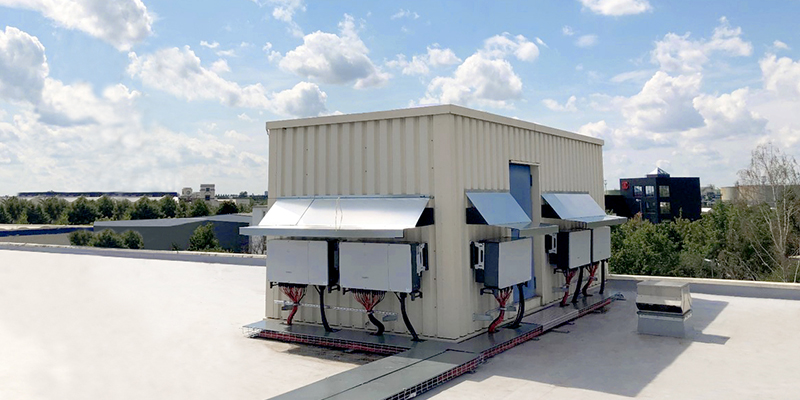
Examples of string inverter applications can include commercial-utility applications and residential applications in first world countries. The reason they are mostly practical in 1st world countries for residential applications is that the grids in these countries are stable, and no battery backup is necessary. For 3rd world countries, where energy security is close to nothing, the system will be offline for majority of the day.
Lastly, they are relatively low-cost and easy to install, with efficiencies of up to 98%.
Microinverter
Microinverters are small inverters that are attached to each individual or few solar panel. The DC to AC conversation it done at panel level. This allows each panel to operate independently, so if one panel fails or is shaded, the rest of the system will continue to function. Unlike string inverters, microinverters do not require the grid to be present to be functional.
Microinverters are more expensive than string inverters but offer greater flexibility and reliability. These again are more popular in 1st world countries because of the premium they come at.
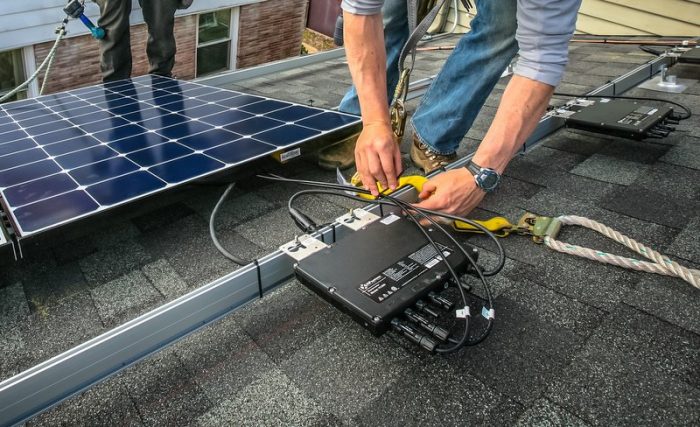
Hybrid Inverter
Hybrid inverters have become the most popular types of inverters recently. They are designed to work with both on-grid and off-grid/stand-alone systems. They can manage multiple energy sources, such as solar panels, batteries, generators and the electrical grid, to optimize energy efficiency and reduce waste. Hybrid inverters are a good choice for homeowners who want the flexibility to switch between on-grid and off-grid operation.
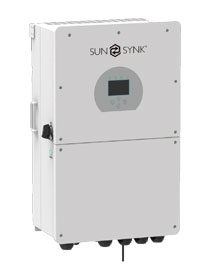
These types of inverters are also now available in commercial sizes to cater for businesses requiring the flexibility to choose their preferred power source. In first world countries, they are mostly used as a source of income and a way of reducing CO2 emissions. Whereas in developing countries, they are mainly used for backup support for the unstable grids or for arbitrage.
Inverter/Charger
Also called battery inverters, these inverters are the most basic types of inverters converting battery power to AC power. Battery inverters are separate from MPPT charge controllers. Coupling the two will allow solar panels to charge the batteries directly. An example of such inverters is given below.
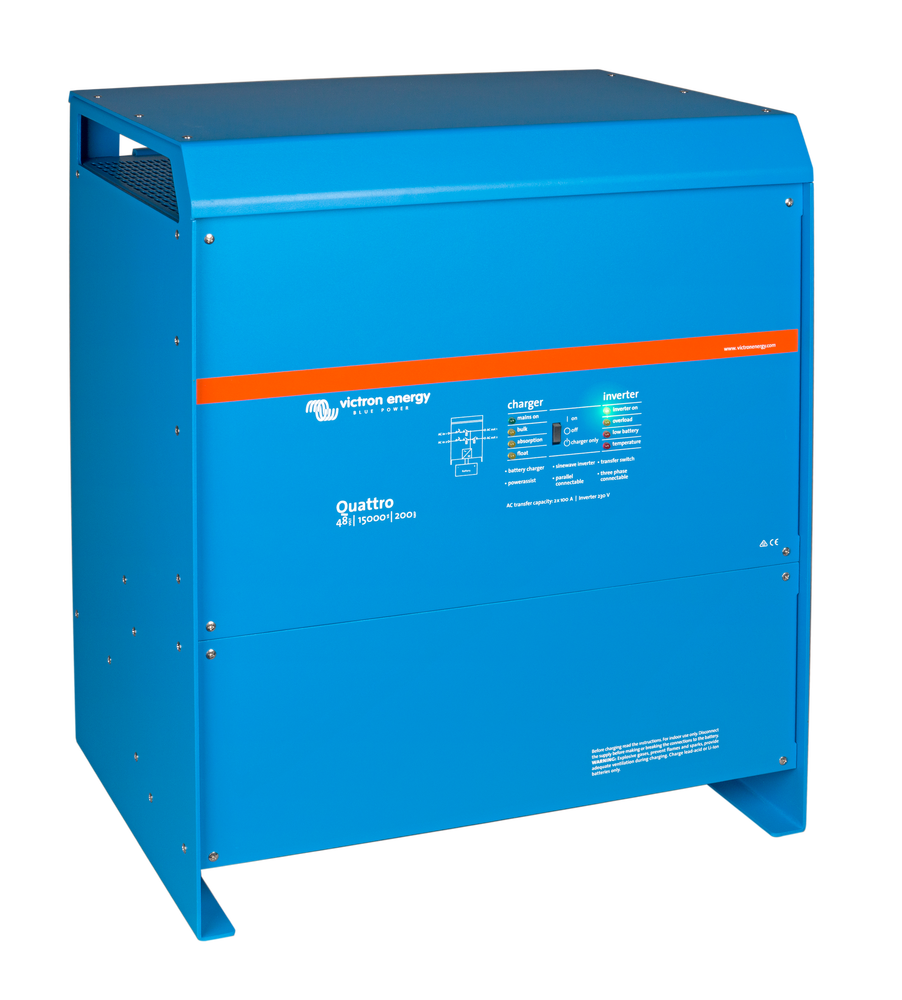
This are also available in commercial power rating and are commonly known as Power Conversions Systems (PCS) as below.
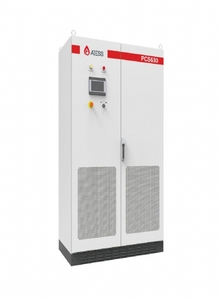
These types of inverters have become popular in minigrid/off grid applications together with hybrid inverters. The continued product development has enabled them to be used in both microgrid and C&I applications.
Choosing the Right Inverter
When choosing an inverter, it’s important to consider factors such as the size of your system, energy needs, application and budget. It’s also important to ensure that the inverter is compatible with your solar panels and other system components. In South Africa, where load shedding is a frequent occurrence, a hybrid inverter with grid tie capability is a good choice for homeowners who want a reliable and flexible energy solution. These inverters can switch between on-grid and off-grid operation. This allows you to use solar power when available and draw from the grid when necessary.
Conclusion
An inverter is a critical component of any solar power system. It converts DC power into AC power. This power can be used in the home or fed back into the electrical grid. With a variety of types available, including string inverters, microinverters, and hybrid inverters. There is an inverter to suit every solar power system and budget. By choosing the right inverter for your needs, you can maximize the efficiency and reliability of your solar power system.


Leave a Reply